Farro Cooking Hacks: Mastering
How To Cook Farro in a
Rice Cooker
Have you ever felt the frustration of overcooked or undercooked grains when trying to achieve that perfect texture? Look no further! Unlock Flawless Results with our Step-by-Step Guide.
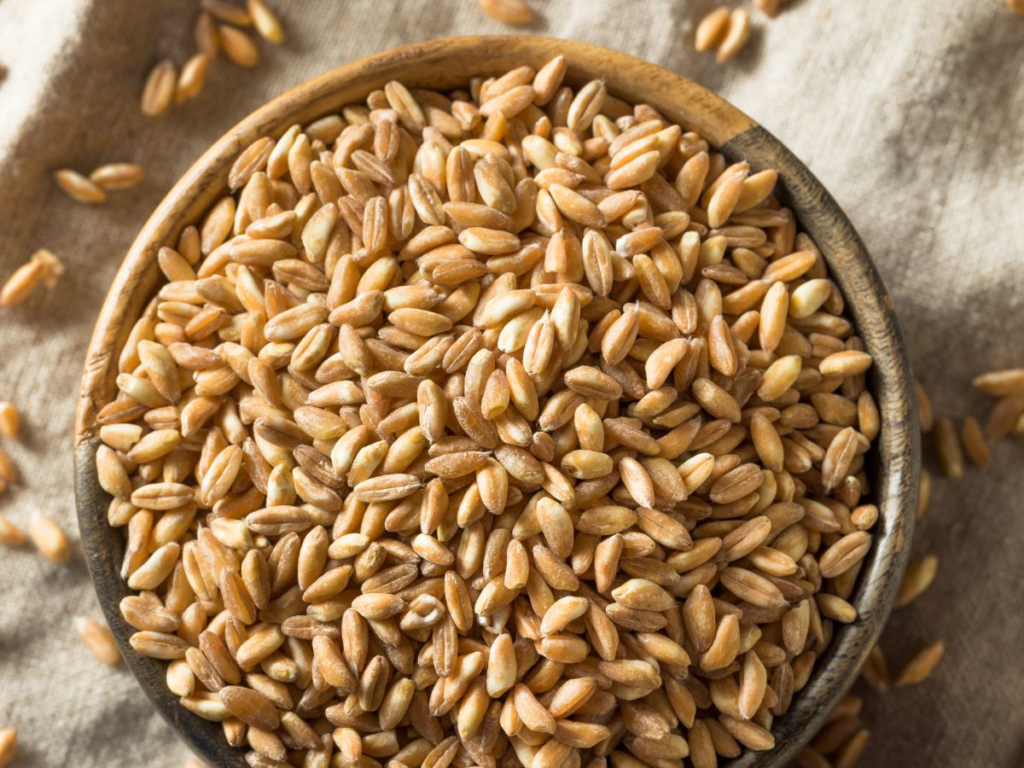
Learning to cook farro in a rice cooker saves you time and guarantees flawless results. Imagine impressing friends and family with your newfound culinary expertise while enjoying this ancient grain’s nutritional benefits.
Ready to explore the world of farro and rice cookers? Let’s dive in!
Table of Contents
Key Takeaways
Farro is a gluten-containing grain with iron, fiber, and protein.
A rice cooker takes the worry out of cooking farro perfectly every time – rinse, add water/farro ratio & cook for 45 mins!
Enhance the flavor with liquids, herbs & spices, and store in the fridge or freeze for up to 6 months; follow these tips for perfect farro each time.
The Basics of Farro
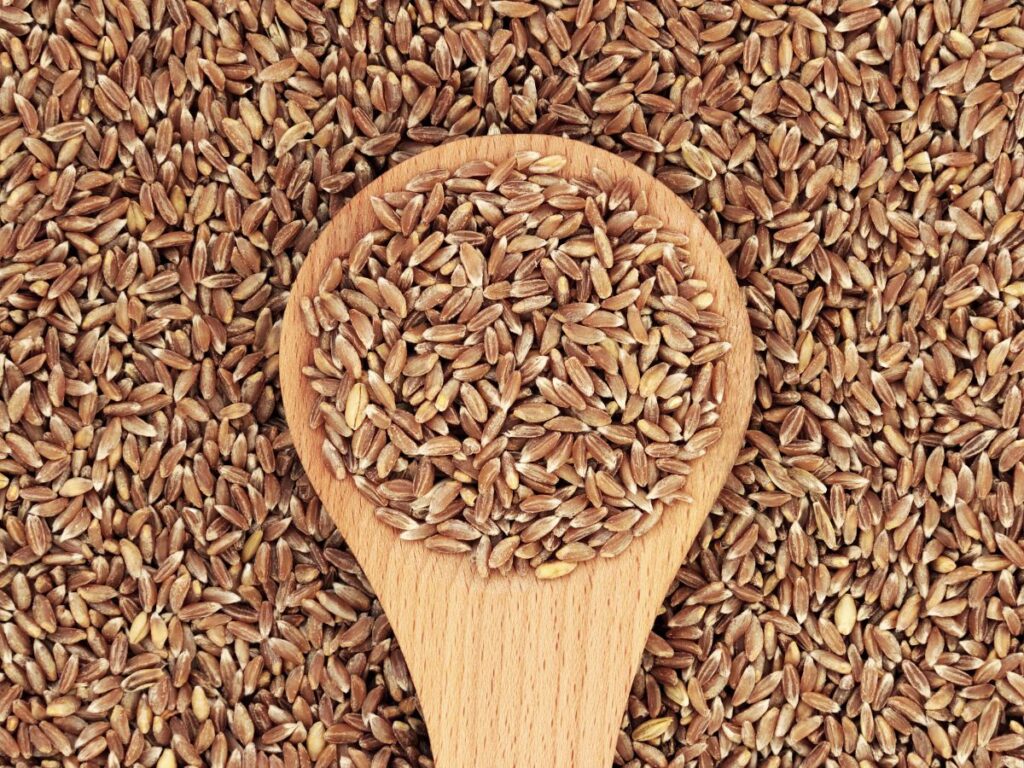
Farro, an ancient whole-grain wheat, is a powerhouse of nutrition and flavor that has been around for centuries. Its nutty flavor, chewy texture, and high nutritional value make it a popular choice among health-conscious individuals.
Here are some other recipes and reasons why farro is a great addition to your diet:
It is packed with 10% of your daily iron allowance.
It contains 7g of fiber.
It has 0g of sugar.
It provides 7g of protein
No wonder this wholesome, versatile grain is gaining popularity in various dishes, from salads to risottos and other delicious recipes.
Though abundant in benefits, farro does contain gluten. However, if you’re not sensitive to gluten, this ancient grain is an excellent choice for incorporating into your diet.
You can easily find emmer farro in most grocery stores, while spelled and einkorn farro offer unique flavors and nutritional benefits.
Rice cookers make it a breeze to cook farro perfectly so that you can enjoy its wholesome goodness in no time.
Why Use a Rice Cooker?
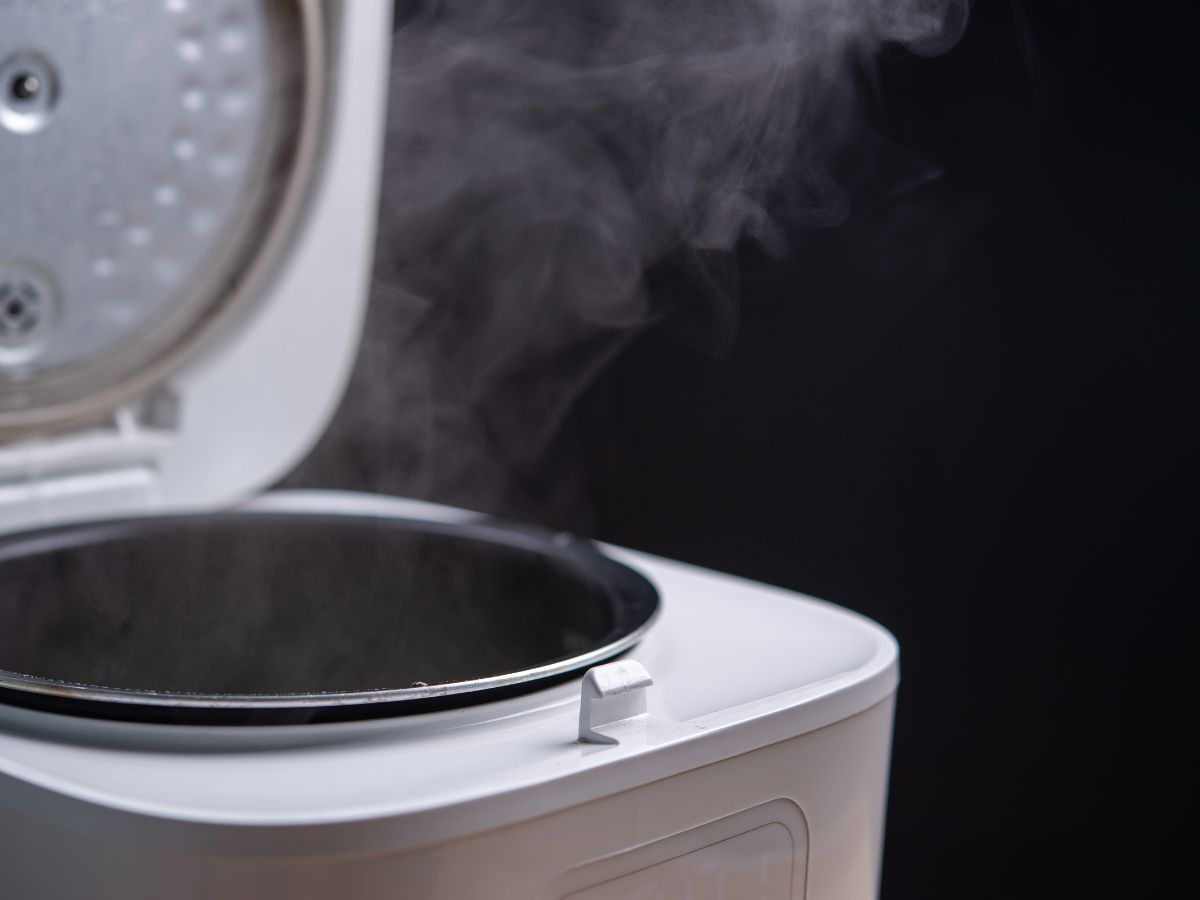
While a rice cooker is a kitchen staple for rice, it’s also a superb appliance for cooking farro. Its convenience, consistent results, and ability to free up stovetop space make it an ideal choice for busy households.
No more anxiety over stirring or checking your grains constantly; follow the steps, and you’ll have perfectly cooked farro every time.
Farro gets heated and cooked in a rice cooker until all the water is absorbed. Once the water is absorbed, the instant pot automatically switches to a “keep warm” mode, ensuring your grains are cooked right. A rice cooker published instructions guide can provide further insights into perfecting this process.
So why not give your trusty rice cooker a new purpose and start cooking farro and brown rice easily and confidently?
How To Cook Farro In A Rice Cooker
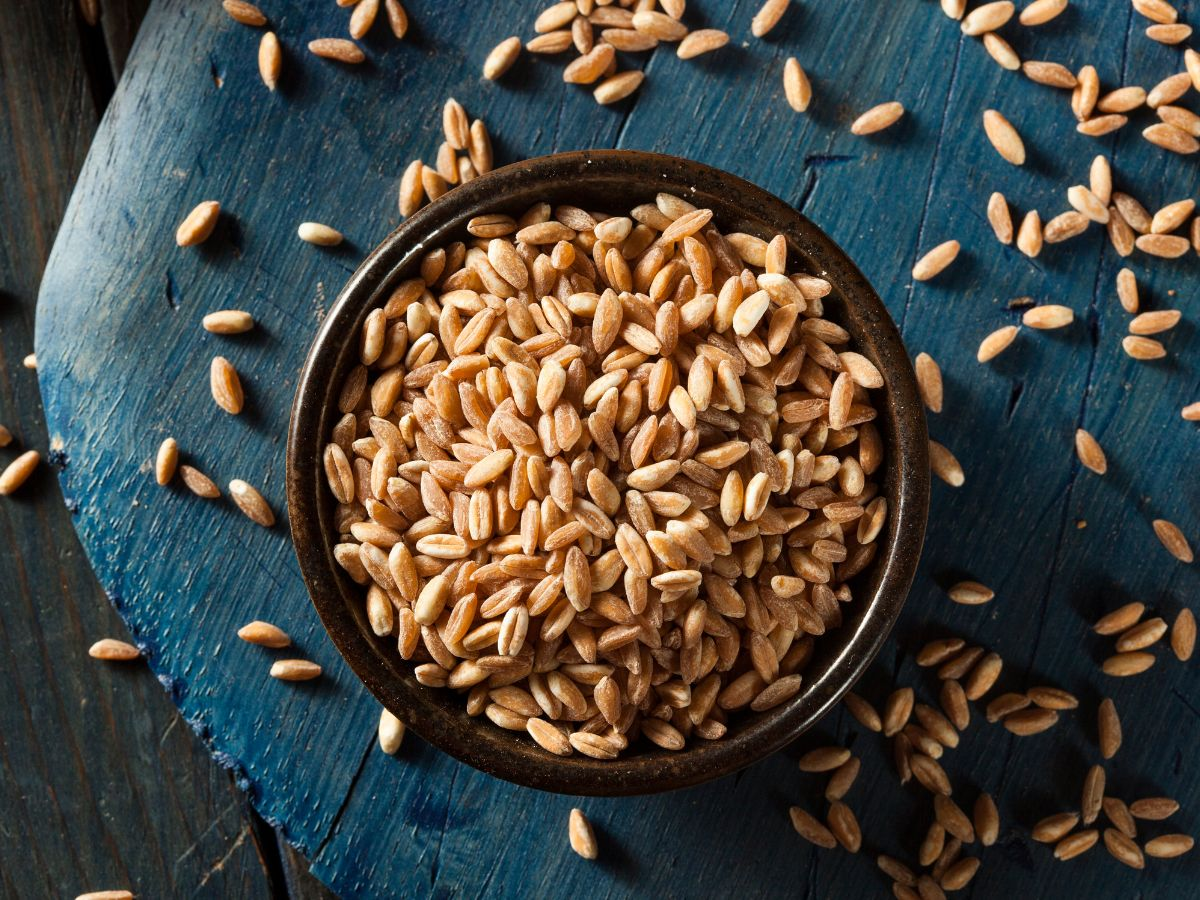
Cooking Farro in a Rice Cooker:
Step-by-Step Guide
Follow these steps to cook farro in a rice cooker easily:
Rinse the farro under cold water to remove excess starch and any debris.
Add the correct water-to-farro ratio depending on the type of farro you’re using (3 cups of water for every 1 cup of Italian pearled farro or 3.5 cups for unpearled farro).
Cook for the recommended time, usually around 45 minutes.
Voilà! Starting with uncooked farro, you have perfectly cooked farro ready to be incorporated into your favorite dishes.
Rinsing Farro
A thorough rinsing is vital before cooking farro in a rice cooker. Rinsing farro helps remove any debris and excess starch that may affect the taste and texture of the final dish.
Place it in a fine mesh sieve to rinse farro and run it under cold water until it clears.
This quick step ensures that your rinsed farro is clean and ready for cooking.
Water Ratio
Perfectly cooked farro in a rice cooker hinges on the proper water-to-farro ratio. For Italian pearled farro, use 3 cups of water for every 1 cup of farro. With this method, you can achieve rice cooker farro perfection.
If you’re cooking unpearled farro, the recommended water-to-farro ratio is slightly higher, at 3.5 cups for every 1 cup. Following the correct water ratio ensures that your farro is cooked to the right texture, neither mushy nor firm.
Cooking Time
Farro’s cooking times and time in a rice cooker may vary, influenced by the type of farro and the specific model of the rice cooker. Cooking farro in a rice cooker generally takes around 45 minutes. This average time can vary based on the rice cooker used.
Keep an eye on your farro during the cooking process and adjust the time if needed. Once cooked, use a fork to fluff the farro. This will help to separate the grains for a light and fluffy texture.
Pearled vs. Unpearled Farro
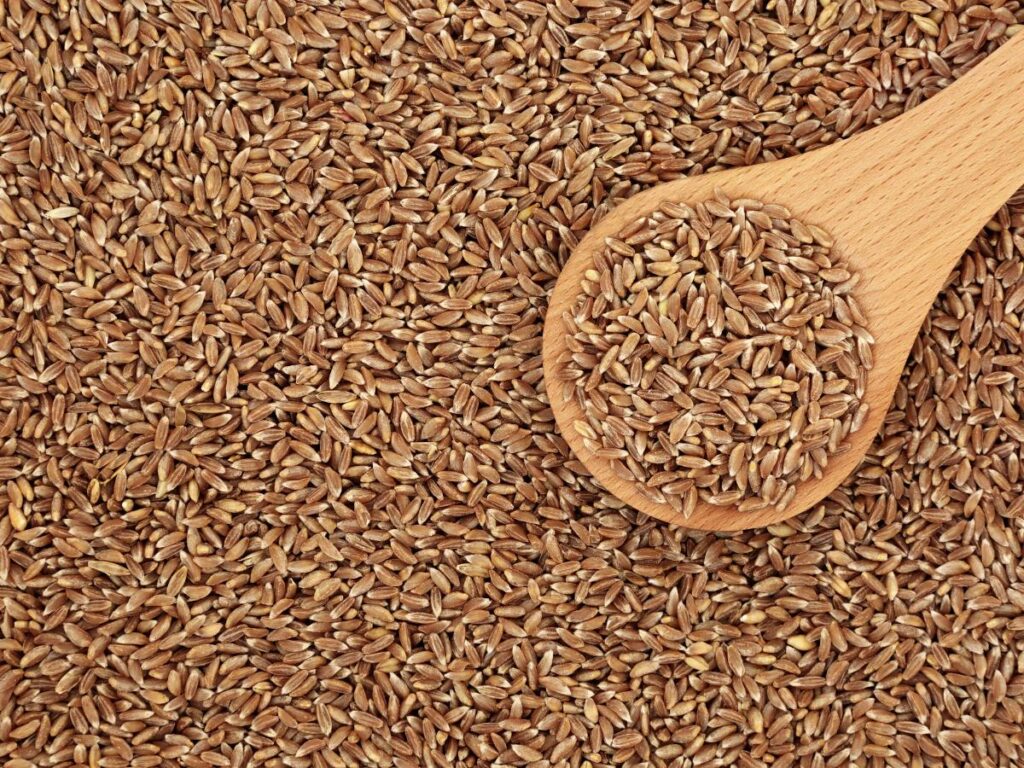
Pearled and unpearled are two variations of farro that differ by their outer husks. Pearled farro has its outer husk removed, making it quicker to cook and slightly less nutritious than unpearled farro, which still has its husk intact.
The cooking time for pearled farro is shorter, making it a more convenient option for busy home cooks. Additionally, semi-pearled farro is a variation between the two, with a partially removed husk balancing cooking time and nutritional value.
When cooking unpearled farro in a rice cooker, you must adjust the water-to-farro ratio and cooking time accordingly, as mentioned in Section 3.2.
Despite the slight difference in nutritional content and cooking time, pearled and unpearled farro offer the same delicious nutty flavor and chewy texture, making this ancient nutty grain a versatile and healthy addition to your diet.
Learning how to cook pearled farro can further enhance your culinary skills, and cooking pearled farro is a simple process that can be easily mastered.
Flavor Enhancements
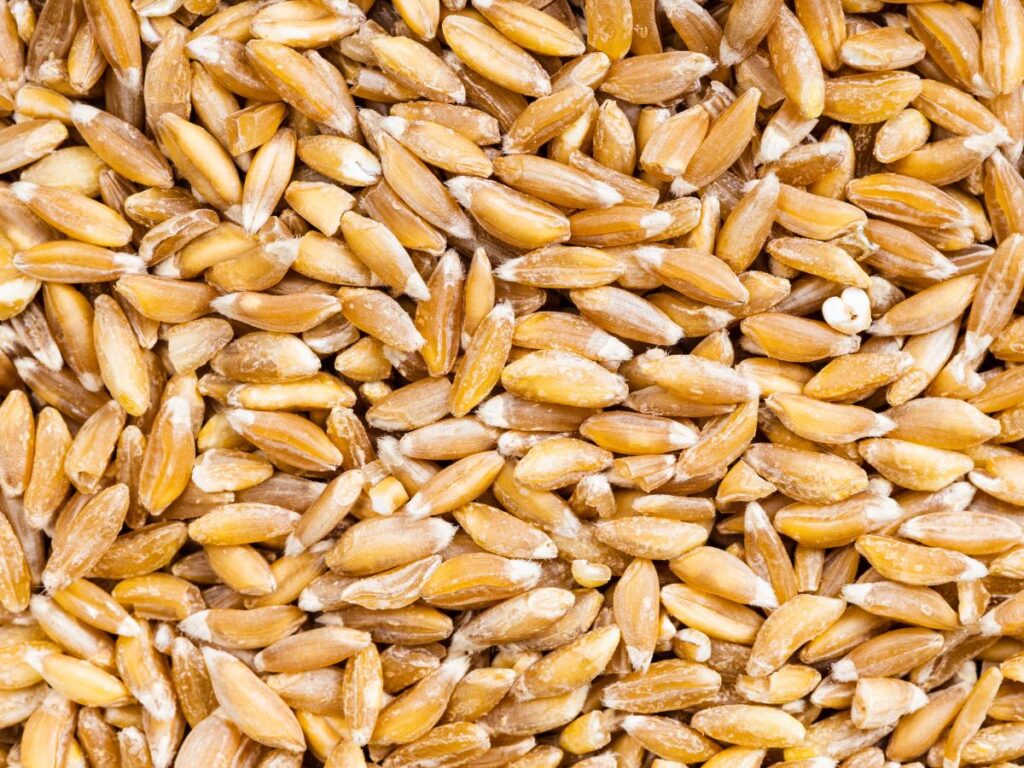
Farro’s naturally nutty flavor can be enhanced in other dishes by experimenting with diverse cooking liquids, herbs, and spices. Here are some ideas to elevate the flavor profile of your cooked farro:
Instead of water, cook your farro in broth for a richer, savory taste.
Add herbs and spices such as smoked paprika, cumin, garlic powder, or cinnamon to enhance the flavor.
Try cooking farro with different liquids like vegetable or chicken broth for added depth of flavor.
These simple additions can make bitter flavor of your cooked farro even more delicious and versatile in various dishes.
Don’t be afraid to get creative with your farro! Add vegetables, nuts, or other add-ins during the cooking process for extra flavor and texture. You can even use fruit juices like orange or apple juice to cook the farro for a fruity twist.
Versatile Farro Recipes
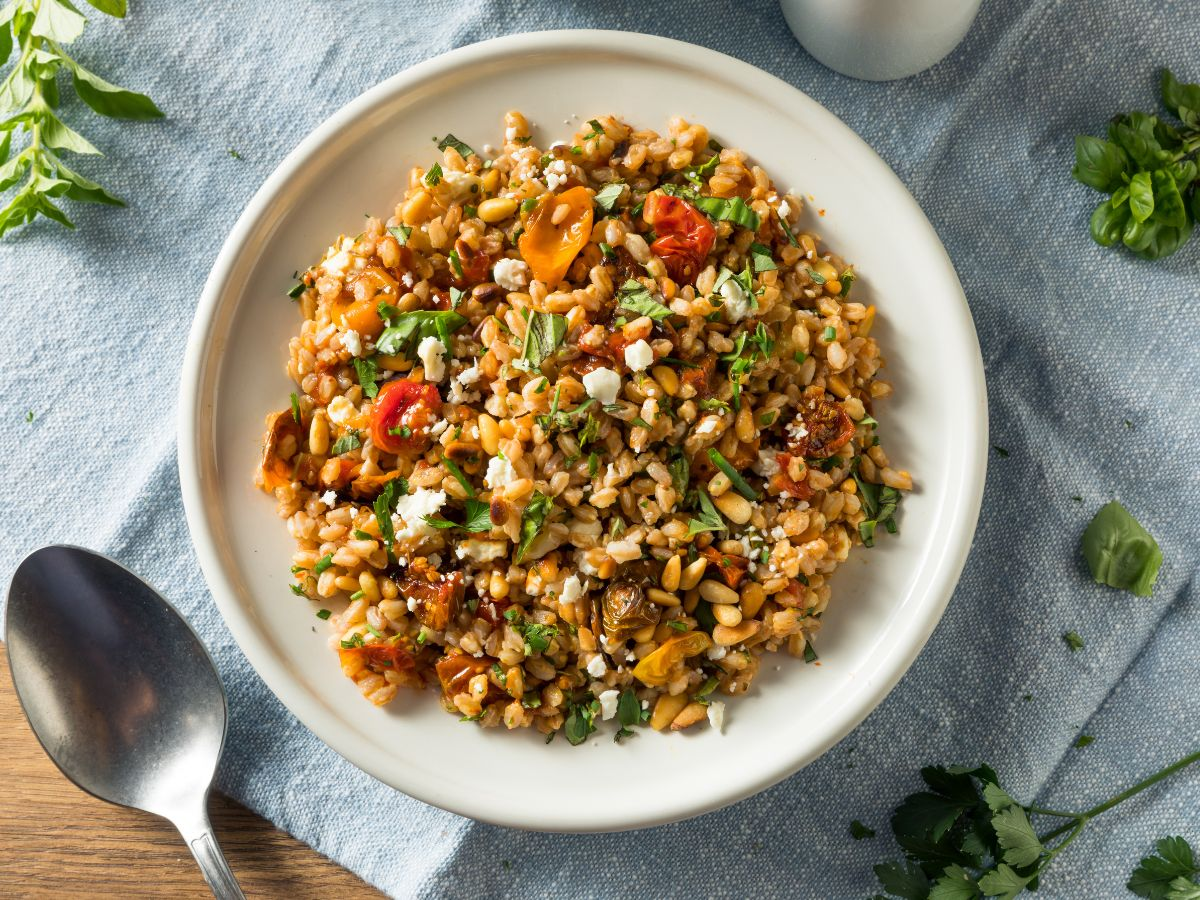
With its versatility in sweet and savory dishes, farro is a valuable addition to a home cook’s repertoire. Here are some ways you can incorporate farro into your recipes:
Breakfast bowls
Salads
Risottos
Soups
These dishes showcase the versatility and nutritional benefits of a healthy whole grain of farro.
Some delicious farro recipes to try include:
Warm Farro Breakfast Bowl with Cinnamon Apples
Warm Farro Salad with Roasted Root Vegetables
One-Pot Tuscan Farro Soup
Whether you’re looking for a comforting and filling meal, or a light and refreshing salad, farro’s versatility makes it the perfect grain for any occasion.
Storing and Reheating Farro
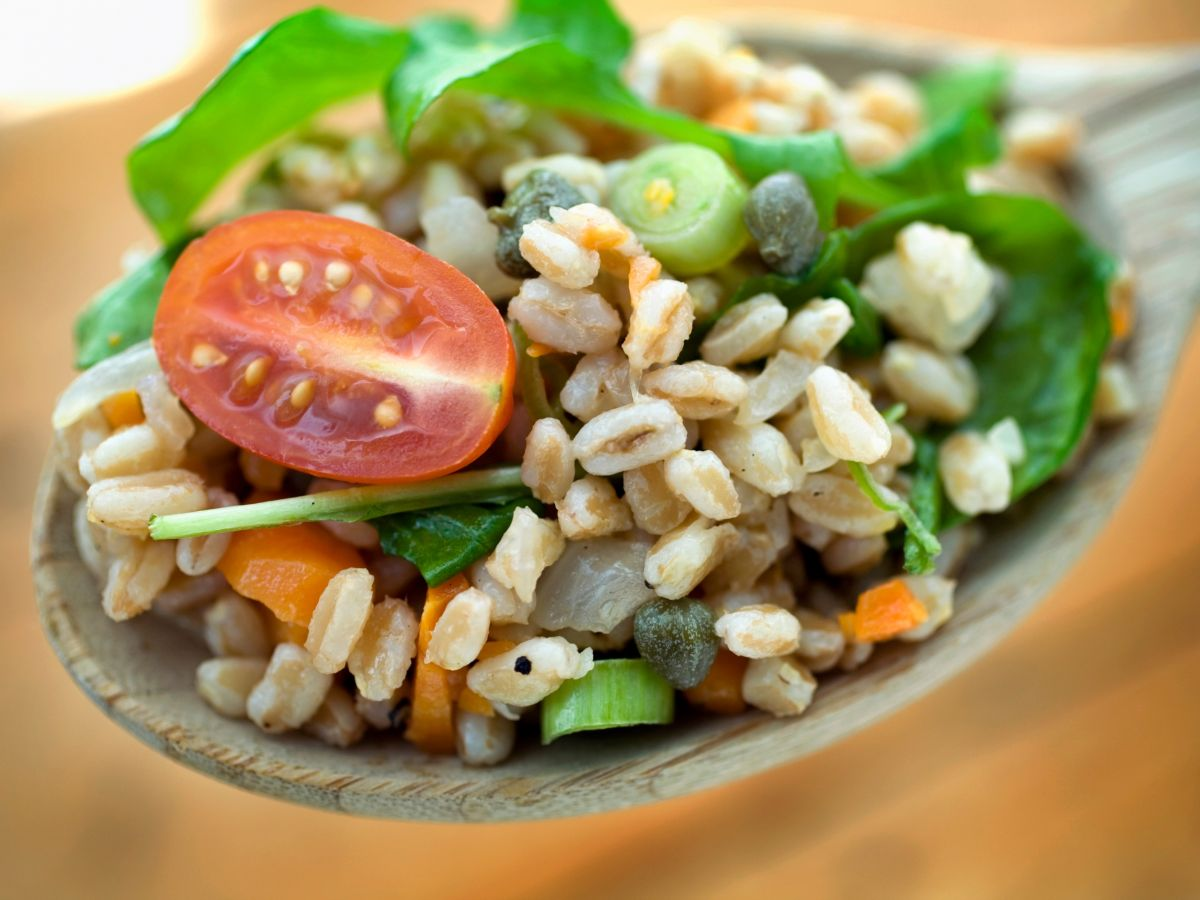
Storing and reheating it properly is essential to maintain Farro’s quality and taste. Whether you have leftovers or want to meal prep, knowing how to store and then prepare farro to reheat, farro ensures that you’ll always have a delicious and nutritious grain ready to be enjoyed.
To store cooked farro, place it in an airtight container and store it in the refrigerator
Refrigeration
Store cooked farro in the refrigerator by placing it in an airtight container and chilling it for up to 5 days. This method is perfect for those who plan on using the leftover farro in the next few days, whether for a quick lunch or a hearty dinner.
Freezing
Cooked farro can be frozen for up to six months for long-term storage. Here’s how to do it:
Spread the farro grains out in a thin layer on a baking sheet.
Freeze them for two hours.
Once frozen, scrape the farro off the baking sheet.
Could you transfer it to a reusable, freezer-safe container with a lid?
This method lets you have perfectly cooked farro on hand whenever needed, making meal planning a breeze.
Reheating

You have several options when it’s time to reheat your cooked farro. The easiest method is to use a microwave, place the farro in a microwave-safe bowl, add a small amount of water or broth, and microwave for 1-2 minutes, stirring halfway through.
Alternatively, you can reheat farro on the stovetop by heating it with water or broth over medium heat until heated through.
While reheating farro in the oven is not recommended, these two methods provide quick and efficient ways to enjoy your leftovers or meal-prepped grains.
Tips for Perfect Farro in a Rice Cooker
Following a few essential tips makes achieving perfectly cooked farro in a rice cooker easy.
Rinse your farro under cold water using a fine mesh sieve. This will remove any debris or excess starch. This simple step ensures that your farro is clean and ready for cooking.
Next, use the correct water-to-farro ratio depending on the type of farro you’re using.
Finally, keep an eye on the cooking time, adjusting as needed based on the type of farro and your specific rice cooker model.
By following these tips, you’ll be well on your way to enjoying perfectly cooked, tender farro made in a rice cooker every time.
Troubleshooting Common Issues
Even with your best efforts, you might run into common issues when cooking farro in a rice cooker. The most frequent problems are overcooking or undercooking the grain, which can lead to a less-than-ideal texture.
To remedy these issues, always adhere to the recommended water-to-farro ratio and cooking instructions.
If your farro is undercooked, add a bit more water and let it cook for 5-10 minutes. Conversely, if your farro is overcooked, you can try draining any excess water and cooking it for 5-10 minutes.
With some patience and practice, you’ll soon be able to cook farro in a rice cooker like a pro easily.
Summary
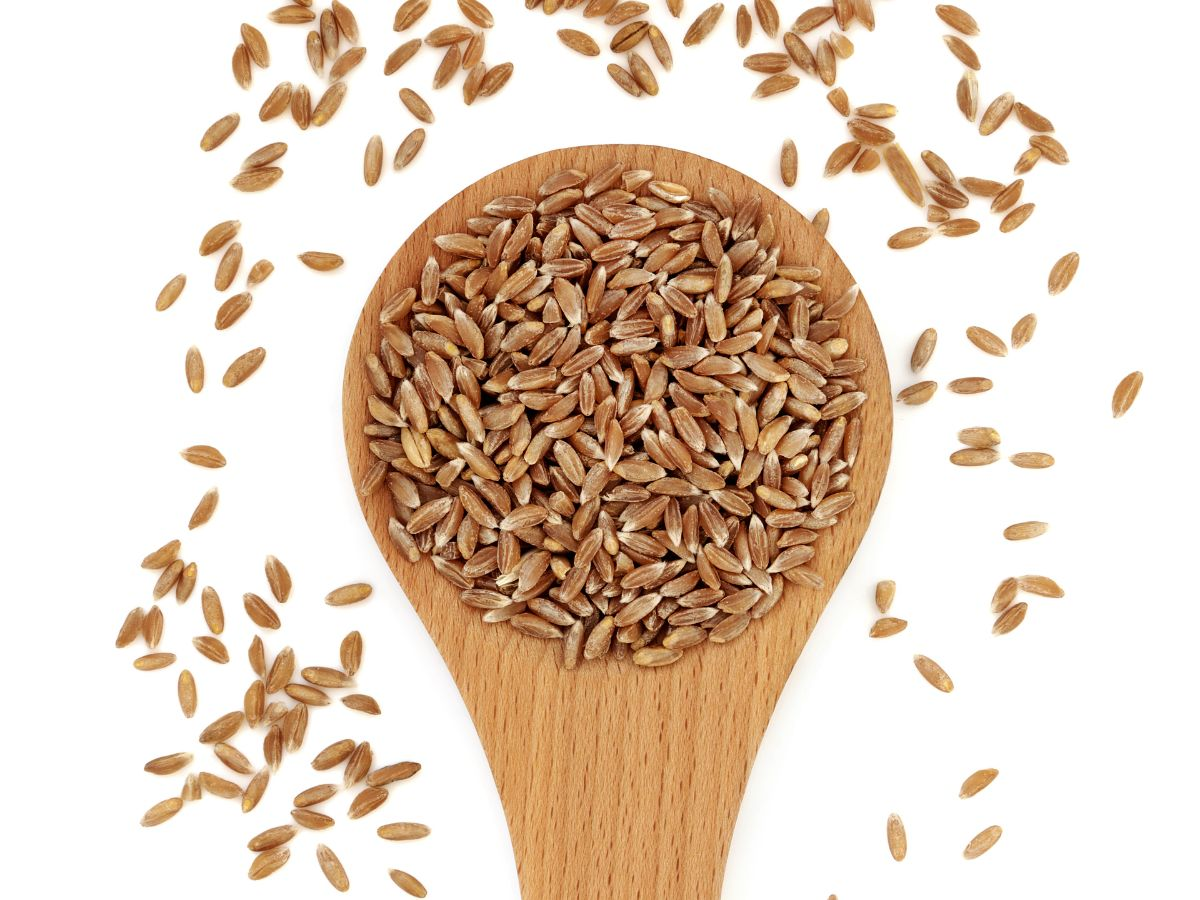
Cooking farro in a rice cooker is a convenient and foolproof way to enjoy this nutritious and versatile ancient grain. From rinsing to cooking and reheating, following these tips and guidelines will help you achieve perfectly cooked farro every time.
Embrace the convenience of your rice cooker and the wholesome goodness of farro, and start creating an array of delicious and healthy dishes today.
With Farro’s versatility, nutritional benefits, and the ease of cooking it in a rice cooker, there’s no reason not to incorporate this ancient grain into your diet. Experiment
Frequently Asked Questions:
Tips and Tricks for Perfectly Cooked Farro:

Here’s a short list of tips and tricks for cooking farro in a rice cooker:
Rinse the Farro: Start by rinsing the farro under cold water to remove excess starch. This helps prevent sticking and clumping.
Use the Right Ratio: Follow the manufacturer’s instructions for your rice cooker, but typically, a 2:1 ratio of liquid (water or broth) to farro works well.
Add Flavor: Use vegetable or chicken broth instead of plain water for added flavor. You can also season the liquid with a pinch of salt.
Pre-Soak (Optional): Some rice cookers have a pre-soak or extended cook function, which can be useful for farro. Soaking for 30 minutes to an hour before cooking can help achieve a softer texture.
Set the Cooker: Use the rice cooker’s “white rice” setting or a similar setting if available. If there’s a timer, set it to the recommended cooking time for rice (typically around 15-20 minutes).
Check for Doneness: When the rice cooker completes the cooking cycle, check the farro for doneness. It should be tender but still slightly chewy. If needed, you can add a bit more liquid and continue cooking.
Fluff and Rest: After cooking, let the farro sit in the rice cooker with the lid closed for a few minutes to absorb any remaining moisture. Then, fluff it with a fork to separate the grains.
Serve and Season: Serve the cooked farro warm as a side dish or in salads and grain bowls. Consider seasoning it with herbs, spices, olive oil, or other flavorings to enhance its taste.
Store Leftovers: If you have leftover cooked farro, store it in an airtight container in the refrigerator for future use.
Why You Don’t Want to Use a Microwave
Farros take ages, especially whole – farro cooking isn’t recommended in microwaves. It requires enormous energy and constant control to prevent water from bubbling, even in large bowls.
Is Farro Gluten Free?
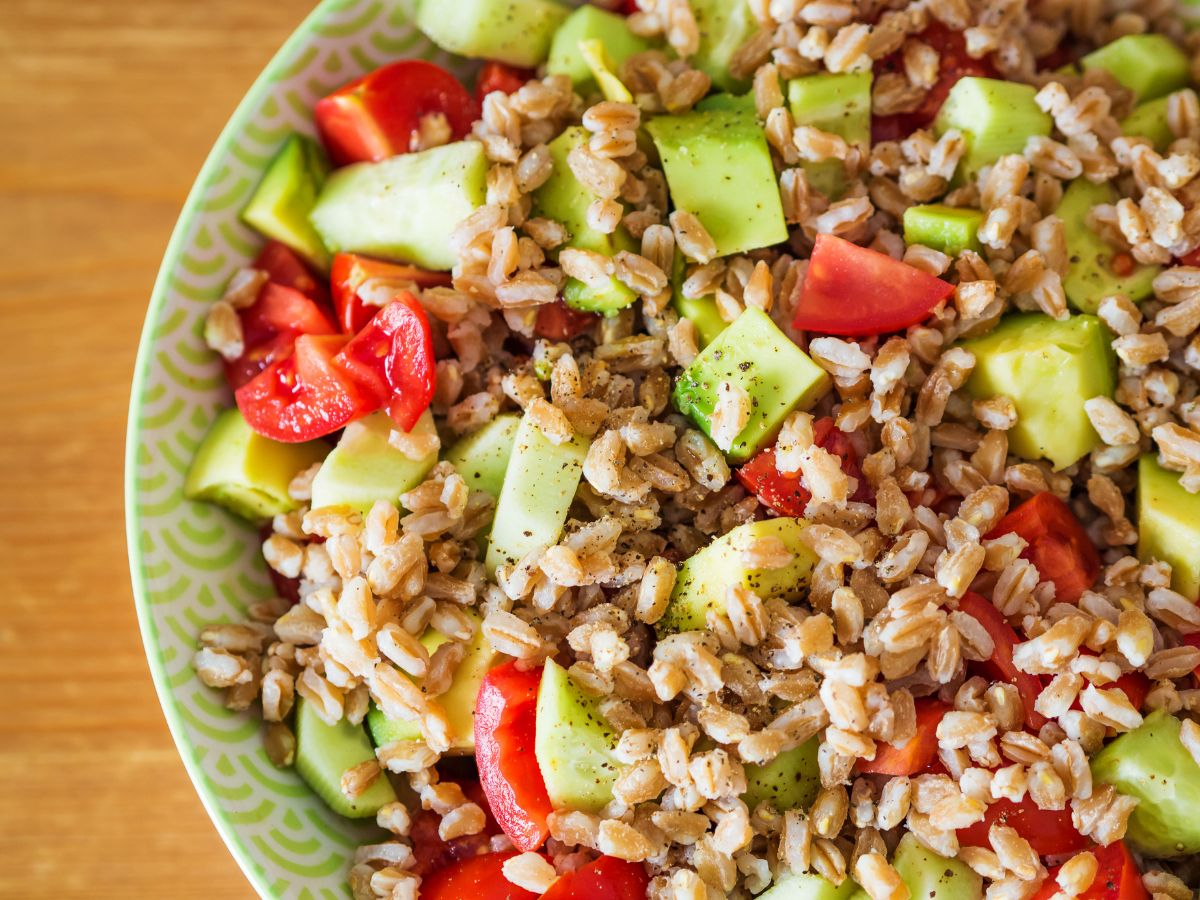
Farro is not gluten-free. It is a type of wheat grain, and like other ancient wheat grain varieties, it contains gluten. Gluten is a protein found in wheat, barley, rye, and their related grains, and it’s the component responsible for giving dough its elasticity and baked goods their structure.
Consuming gluten-containing foods can lead to adverse health effects and digestive symptoms for individuals with celiac disease or gluten sensitivity. Therefore, farro is unsuitable for those who need gluten-containing foods and a gluten-free diet.
If you require gluten-free alternatives, several grains and flours, such as rice, quinoa, millet, amaranth, and certified gluten-free oats, can be used instead of farro and other gluten-containing grains in your recipes.
Pearled vs Unpearled Farro
Farros pearls have their husks retracted, leaving the interior grain exposed. Farro is a pristine animal. Because they are processed, pearled farro cook faster than unpearled farro, however, the removal of the outer husk can cause a loss of nutrients.
The pearled farro was a little lighter with milder flavors. Both are suited well with a rice cooker, although they use varying amounts of water to achieve the desired consistency.
What is the Nutritional value of farro?

Farro is a nutritious whole grain that provides a variety of essential nutrients. Here’s a general overview of the nutritional value of cooked farro (per 1 cup, about 200 grams, of cooked farro):
Calories: Approximately 220-240 calories
Carbohydrates: Around 47-50 grams
Dietary Fiber: Roughly 7-8 grams
Protein: About 7-8 grams
Fat: Less than 2 grams
Vitamins and Minerals:
Magnesium: 48-50 milligrams (12% of the Daily Value)
Phosphorus: 150-160 milligrams (15% of the Daily Value)
Iron: 1.5-2 milligrams (about 10% of the Daily Value)
Zinc: 1-1.5 milligrams (around 10% of the Daily Value)
B Vitamins (e.g., B3, B5, B6): Present in moderate amounts
Folate (B9): About 15-20 micrograms (about 4-5% of the Daily Value)
Farro is also a good source of complex carbohydrates, particularly dietary fiber, which can help promote a feeling of fullness and aid in digestive health. It’s relatively low in fat and provides a moderate amount of protein.
Farro contains various phytonutrients and antioxidants, such as lignans and polyphenols, which have potential health benefits.
Please note that the exact nutritional content of farro can vary depending on factors like the specific type of farro (einkorn, emmer, or spelt), how it’s processed, and how it’s prepared. The values provided here are approximate and may vary from one brand or batch of farro to another.
Farro is a nutritious choice with high fiber, protein, and iron content. It’s a great addition to many dishes! It can be used in salads, soups, stews, and even as a side dish. It’s also a great substitute for rice or quinoa.

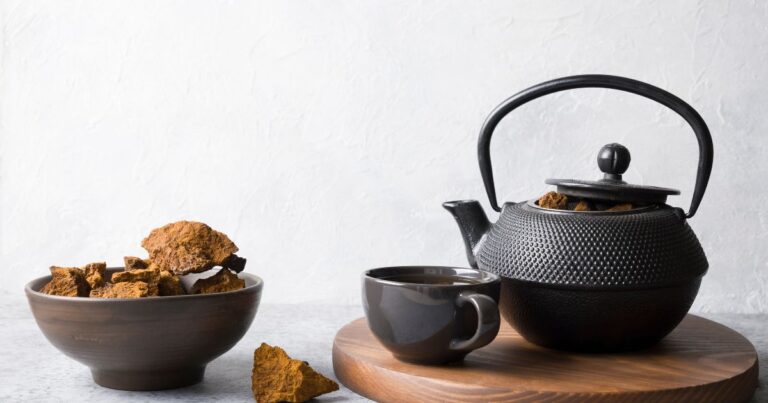
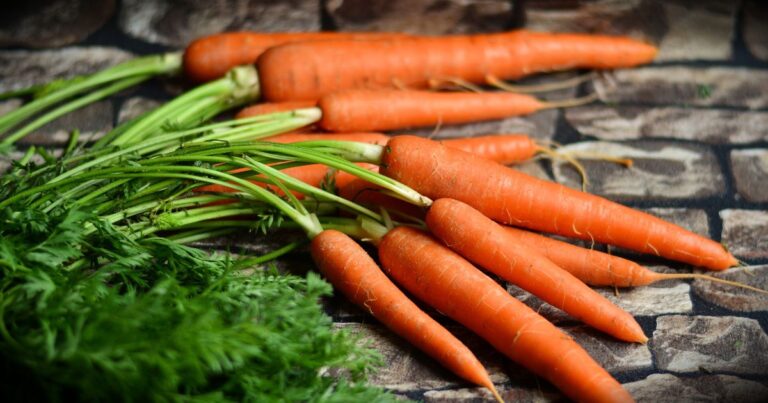
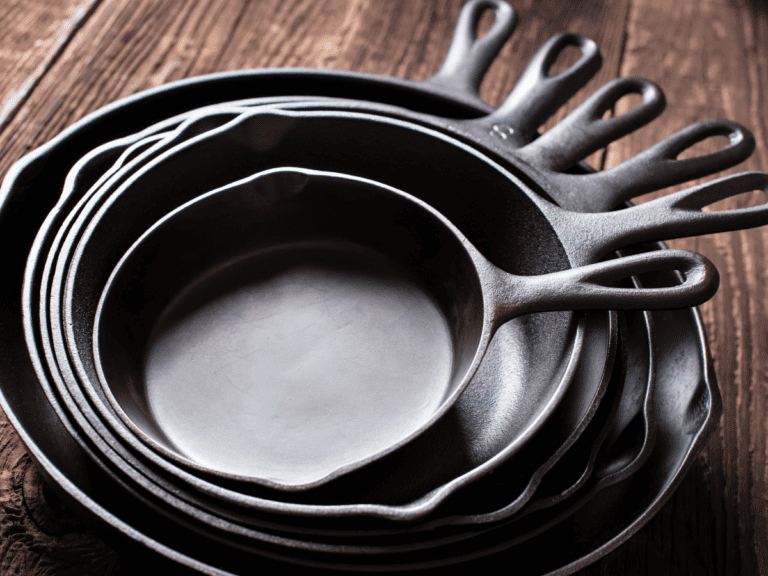
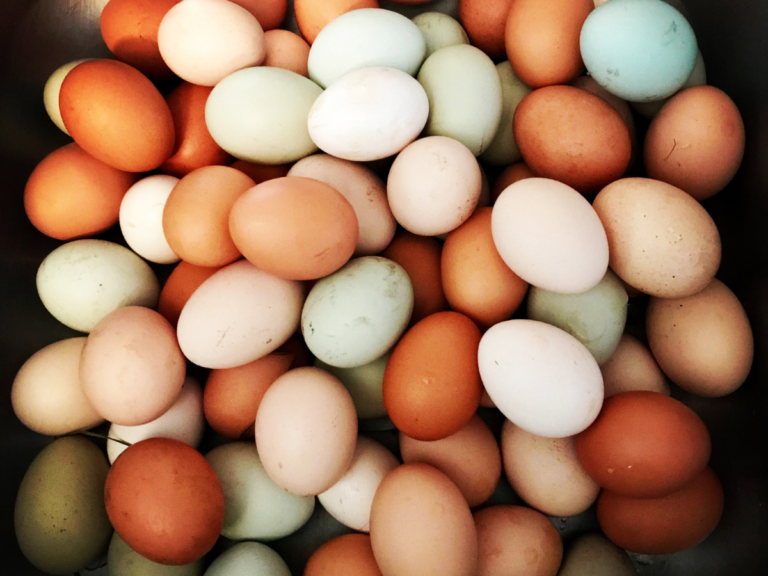
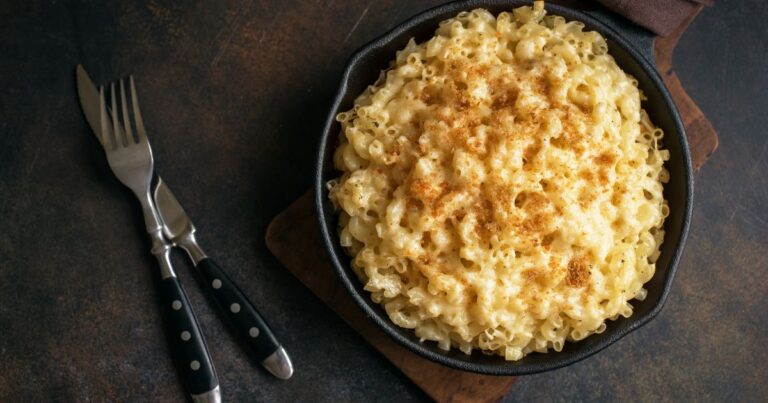
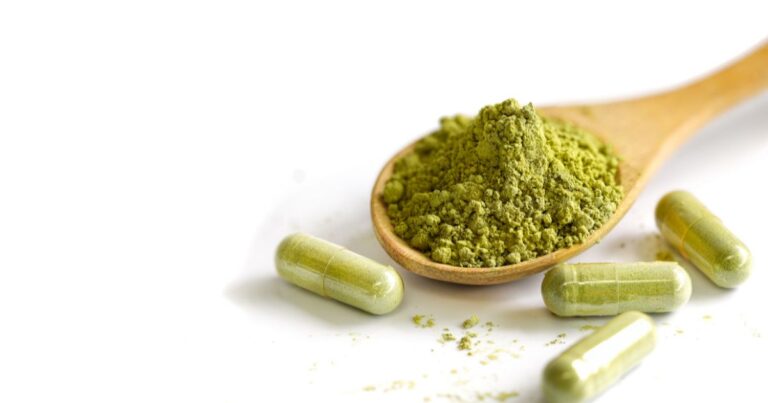
2 Comments